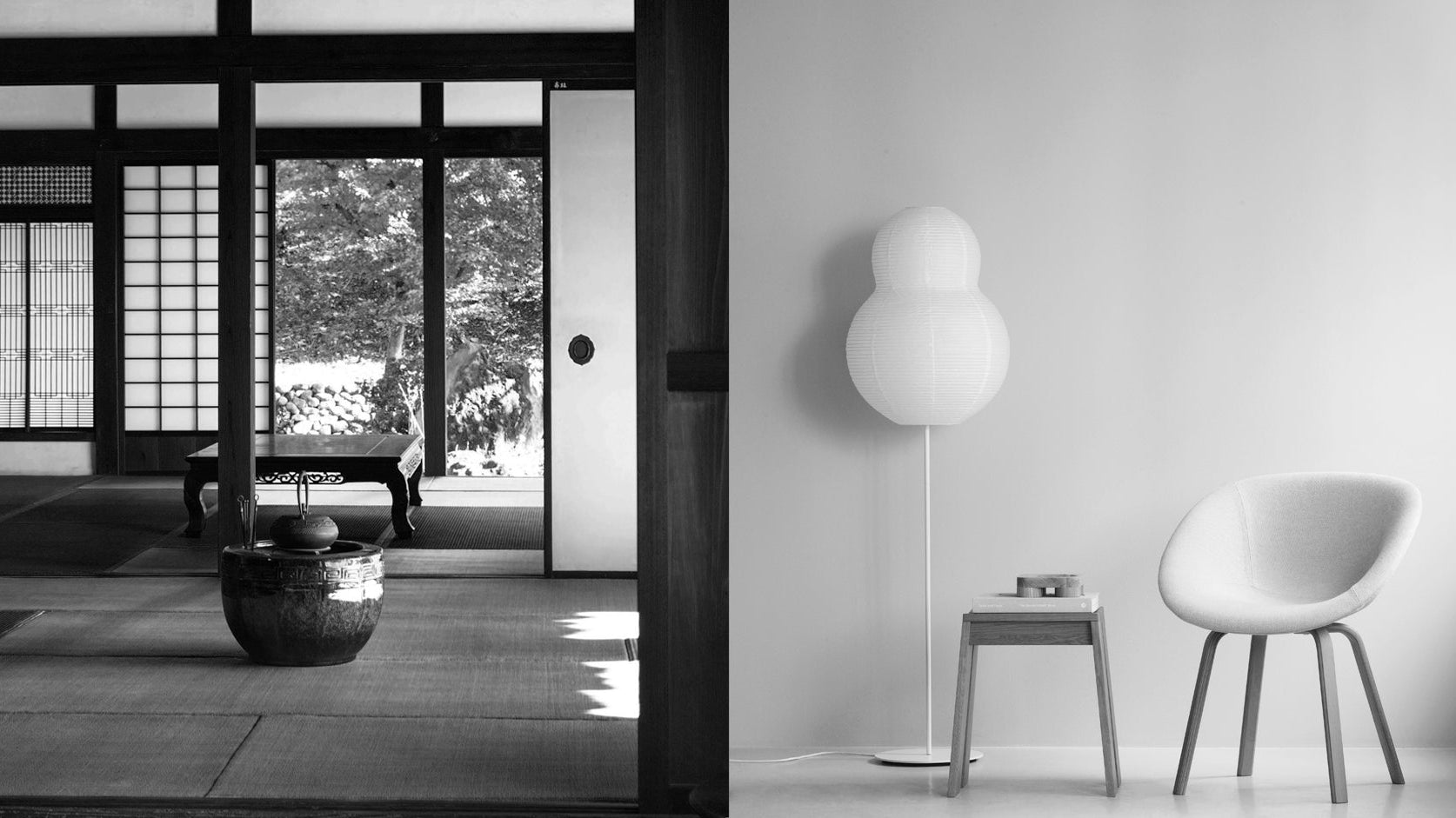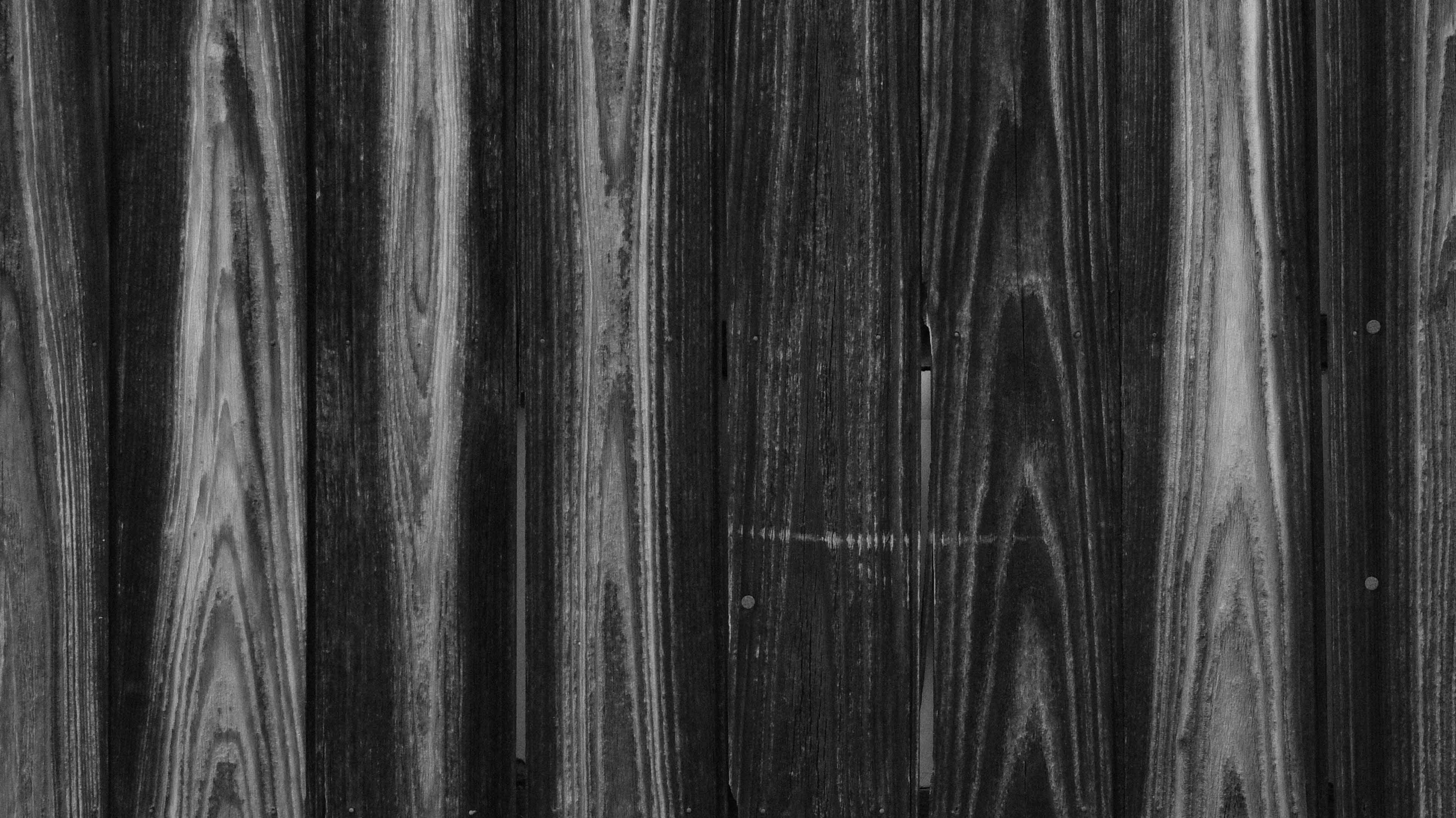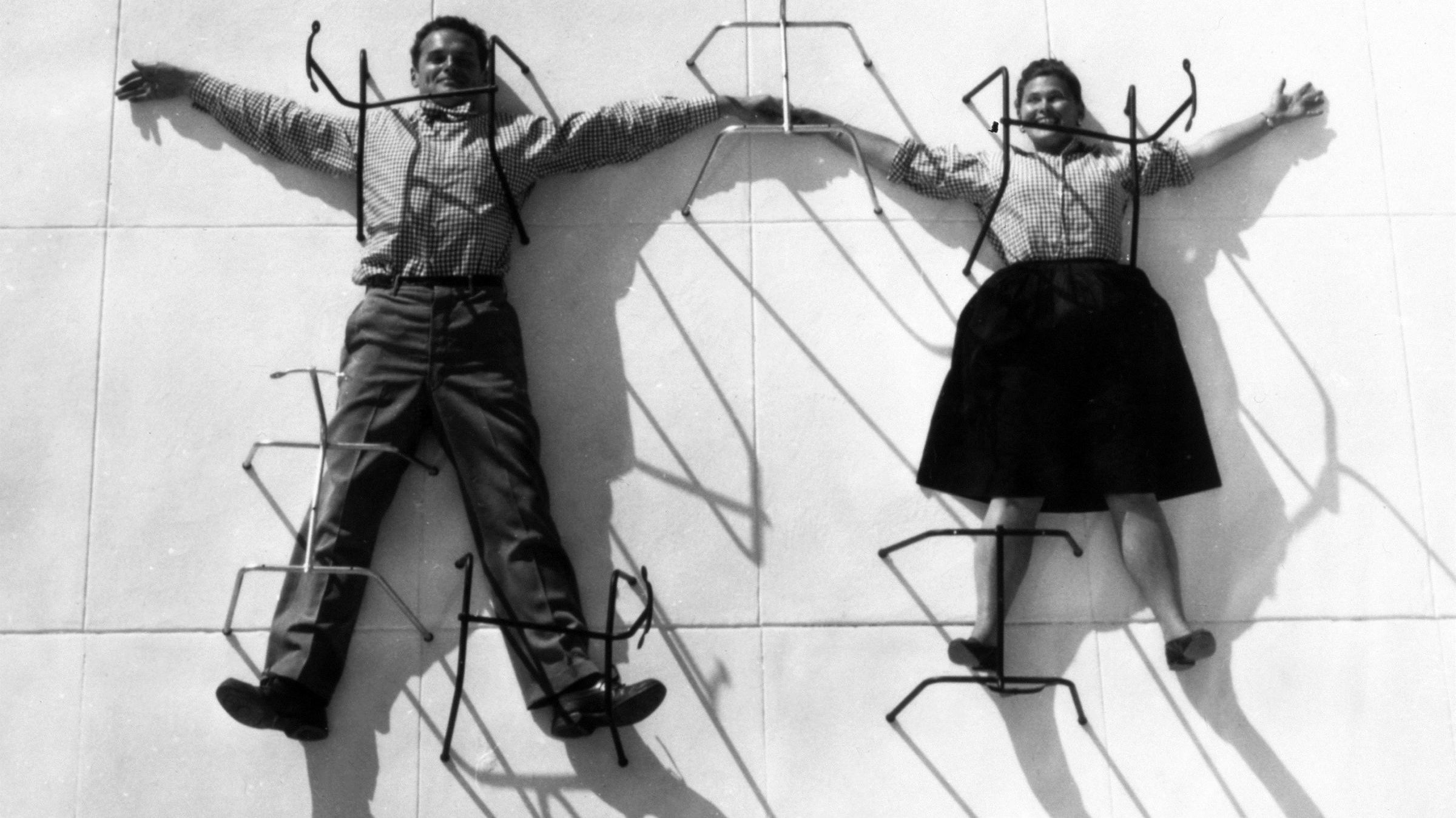(Postmodern Architecture: Definition, Characteristics and Examples - dans le gris)

Les Espaces d'Abraxas, Noisy-le-Grand, 2014. Image © Laurent Kronental
What is Postmodern Architecture?
While modernism prioritized functionality, minimalism, and the rejection of historical ornamentation, postmodernism embraced a more eclectic, colorful style, and an expressive approach to design. It's not hard to understand how opposition arises when the design approaches are completely different.
In the 1960s and 1970s, despite modernism's democratic intentions, it began to seem elitist and exclusive. Architects became disillusioned with the limitations of building methods and materials. In reaction to the austerity, formality, and lack of variety of modern architecture, particularly in the International Style advocated by Le Corbusier and Mies van der Rohe, postmodernist architects advocated for a new approach. They believed that architecture should be filled with signs and symbols that can communicate cultural values. They embraced classical architecture and blended it with modern elements to create wholly unique structures. Postmodern architecture is characterized by playfulness, bright colors, classical motifs, and a variety of materials and shapes.
(Postmodern Architecture: Definition, Characteristics and Examples - dans le gris)
(Postmodern Architecture: Definition, Characteristics and Examples - dans le gris)
The History of Postmodern Architecture
When discussing the history of postmodern architecture, one common question arises: When did postmodern architecture begin? The emergence of postmodern architecture is typically traced back to the late 1960s and early 1970s. Architect and theorist Robert Venturi played an important role in the history of the field as one of the first authors to write on the subject of postmodernism in his book "Complexity and Contradiction in Architecture" in 1966. The book serves as a rebellious manifesto against the prevailing modernist approach to architecture. It articulates a persuasive vision for postmodernist architects, proposing the incorporation of historical elements, unusual materials, and the use of fragmentation and modulation, while giving primary emphasis to the facade. These perspectives set the stage for a rise in the postmodern architecture movement.
However, the postmodern architecture movement quickly became a significant architectural style, especially from the 1980s through the 1990s. Several prominent architects adopted the postmodern style, including Philip Johnson, Charles Moore, Michael Graves, Aldo Rossi, and James Stirling. In the late 1990s, the postmodern architecture movement diversified into a multitude of new tendencies, including high-tech architecture, neoclassicism, and deconstructivism. Postmodernism continues to influence contemporary architecture today. Rather than considering postmodernism as a particular style, it is more like an ethos of questioning and criticizing the dominant principles of modernism.
(Postmodern Architecture: Definition, Characteristics and Examples - dans le gris)

The Binoculars Building is the common name for Google's Venice campus in Los Angeles, California. It was designed by architect Frank Gehry and completed in 1991.
(Postmodern Architecture: Definition, Characteristics and Examples - dans le gris)
Modern vs. Postmodern Architecture: What's the Difference?
So, what are the differences between modern and postmodern architecture, and how can you recognize them?
Postmodern architecture introduces new perspectives on architecture, as discussed in our previous article which examined the dichotomy between these two design philosophies: Choosing Between "Less is More" and "Less is a Bore." This is exemplified by Robert Venturi's retort to Mies van der Rohe's renowned phrase "Less is more" with his own quip, "Less is a bore." This anecdote encapsulates the essence of postmodern architecture and its departure from modernist ideals.
Modern architecture is characterized by simplicity, clean lines, and minimal ornamentation. Ludwig Mies van der Rohe's mantra, "Less is more," encapsulates this movement. Modern architecture often feature open floor plans and make extensive use of glass, steel, and concrete, with a strong emphasis on functionality. One of the most influential movements within Modernism was the Bauhaus school, founded by Walter Gropius in Germany in 1919. The Bauhaus advocated that architecture should be both functional and aesthetically simple, breaking away from historical styles and ornamentation. The movement emphasized the integration of art and technology, profoundly influencing modern architecture with its innovative use of materials and modular design.
On the other hand, postmodern architecture is known for its diversity and eclecticism. It mixes styles, colors, and forms, often incorporating historical references and ornamentation. Postmodern architects use a wide range of materials, blending traditional and contemporary elements to create unique and expressive designs. The phrase "Less is a bore," coined by architect Robert Venturi, captures the spirit of this movement. Venturi believed that architecture should be engaging and expressive, rejecting the austere and minimalist approach of modernism.
Another key difference lies in their approach to context. Postmodern buildings are designed to engage with their environment, often reflecting the local culture and history. This results in designs rich in meaning and symbolism. In contrast, modernist buildings often stand out from their surroundings, emphasizing universality and timelessness.
To summarize, while modernism and postmodernism in architecture have distinct philosophies and styles, both movements have significantly shaped the architectural landscape. Modern architecture's focus on simplicity and function laid the foundation for contemporary design, while postmodern architecture's embrace of diversity and symbolism introduced a new level of creativity and expression.
The Characteristics of Postmodern Architecture
If you're still wondering how to distinguish postmodern architecture from modern architecture, let's explore five key characteristics that exemplify its departure from modernist principles and its embrace of eclectic, playful, and often ironic design elements. By understanding these traits, you can begin to discern the unique qualities that define postmodern architecture and appreciate its diverse and multifaceted expressions in the built environment.
(Postmodern Architecture: Definition, Characteristics and Examples - dans le gris)
1. Embraces Vibrant and Diverse Color Palettes

(Postmodern Architecture: Definition, Characteristics and Examples - dans le gris)
2. Incorporation of Historical References

A House for Essex, UK, 2015, by FAT and Grayson Perry
Robert Venturi pointed out that great cities like Rome do not speak with one voice, but rather in historical layers and vivid juxtapositions. This statement encapsulates how he championed the incorporation of references to historical architectural styles, motifs, and forms in postmodern architecture. Postmodern architects, inspired by Robert Venturi's insight, frequently infuse their designs with elements such as classical, Gothic, Renaissance, and Baroque. However, they do not merely replicate these styles; instead, they reinterpret and combine them in fresh and innovative ways. This approach allows them to create buildings that are both familiar and new, paying homage to the past while embracing the present and future. Moreover, postmodern architects often inject a sense of playfulness or irony into their designs, subverting traditional architectural conventions and challenging the notion of architectural authenticity.
(Postmodern Architecture: Definition, Characteristics and Examples - dans le gris)
3. Fragmentation and Asymmetry

Best Products Showroom, Houston, Texas, USA, 1979. Image courtesy of © James Wines / SITE
Since modernism features geometries and symmetry, postmodernism is the opposite. It challenges the strict geometries and prefers asymmetrical and oblique forms. Moreover, postmodern architecture often features fragmented forms, where building elements are broken up or divided into smaller components. This fragmentation can occur at various scales, from the overall form of the building to details such as windows, facades, and interior spaces. These features are clearly observed in deconstructivism, which challenges the notion of a singular, cohesive design. Fragmentation and asymmetry work together to create the eclectic and unconventional character of postmodern architecture. They enable architects to venture into new spatial dimensions, question established design norms, and infuse their creations with a sense of dynamism and complexity.
(Postmodern Architecture: Definition, Characteristics and Examples - dans le gris)
4. Irony and Playfulness

The Casa Wolf by Sottsass Associates in Ridgeway, Colorado, USA, 1989.
As we mentioned before, postmodernism arose as a critical response to the dominant principles of modernism. It rebels against the seriousness and rigidity of modernist architecture, offering a more nuanced and playful perspective on architectural design through the juxtaposition of contradictory elements, the subversion of traditional architectural forms, or the incorporation of unexpected materials or details. Therefore, postmodern architecture gives a sense of whimsy, experimentation, and irreverence. Postmodern architects are not afraid to take risks or push boundaries in their designs, embracing unconventional shapes, colors, and compositions. Playfulness can be seen in the use of bold colors, exaggerated forms, and whimsical ornamentation, which add a sense of joy and vitality to architectural spaces.
(Postmodern Architecture: Definition, Characteristics and Examples - dans le gris)
5. Complexity

De Piramide Housing in Amsterdam by Soeters Van Eldonk, 2006.
(Postmodern Architecture: Definition, Characteristics and Examples - dans le gris)
Famous Postmodern Architecture Examples
Vanna Venturi House

Vanna Venturi House, by Robert Venturi, 1964.
The Vanna Venturi House, completed in 1964, stands as one of the earliest and most prominent works of the postmodern architecture movement. Widely recognized as a landmark in architectural history, it is often celebrated as one of the pioneering examples of postmodern architecture. It was designed by architect Robert Venturi for his mother and is often referred to by the architect as "my mother's house". The design process took more than six years and marked the beginning of Venturi's break with the Modernist movement. In this case, Robert Venturi chose to include ornamentation in the design, which modern architects typically avoid.
(Postmodern Architecture: Definition, Characteristics and Examples - dans le gris)
Portland Building

Portland Building, by Michael Graves, 1982.
The Portland Building, designed by American architect and product designer Michael Graves, is considered one of the major built works of postmodern architecture, completed in 1982. The design, which features numerous symbolic elements on its monumental facades, stands in purposeful contrast to the functional Modernist architecture that was dominant at the time. Renowned for its distinctive design, the Portland Building incorporates elements of classical architecture with playful and colorful ornamentation. Michael Graves added symbolism through color; for instance, green for the ground and blue for the sky visually tie the building to its environment and location. As he explains of his architecture: it’s "a symbolic gesture, an attempt to re-establish a language of architecture and values that are not a part of modernist homogeneity."
(Postmodern Architecture: Definition, Characteristics and Examples - dans le gris)
AT&T Building
AT&T Building, by Philip Johnson, 1984.
During the middle of the 20th century, Philip Johnson promoted modernism through architects such as Ludwig Mies van der Rohe. However, over time, he shifted his focus to a more eclectic style. In partnership with John Burgee, he completed one of his most renowned buildings, the AT&T Building, in 1984. While it wasn't the first example of postmodern architecture, it became the most famous and recognizable. The building's design sparked significant controversy as it departed from the functionalist principles of modernism, introducing historical references and ornamentation into the urban landscape.
(Postmodern Architecture: Definition, Characteristics and Examples - dans le gris)
San Cataldo Cemetery
San Cataldo Cemetery, by Aldo Rossi, 1984.
Aldo Rossi's San Cataldo Cemetery in Modena, Italy, is considered one of the first and most important postmodern buildings. American architecture critic Charles Jencks, who defined the movement in his 1977 book "The Language of Post-Modern Architecture," viewed Aldo Rossi as one of the leading postmodernists. Rather than adhering to minimalist principles, the San Cataldo Cemetery is characterized by its complex and layered architectural composition. Aldo Rossi's design incorporates a variety of architectural elements, including geometric forms, classical motifs such as arches and columns, and symbolic imagery. These features embody the essence of postmodern architecture.
Recommended Books on Postmodern Architecture
Before we conclude our article on postmodern architecture, we hope you’ve gained a deeper understanding of the subject. If you’re interested in learning more about postmodern architecture, we’ve curated a collection of recommended books below.
Postmodern Architecture: Less is a Bore
This groundbreaking book takes its subtitle from postmodernist icon Robert Venturi's provocative counter to Mies van der Rohe's "Less is more" mantra. Postmodernism, one of the 20th century's most controversial architectural styles, emerged in the 1970s, reached its peak of eclecticism in the 1980s and 90s, and is now experiencing a resurgence in popularity. Postmodern architecture presents a vibrant array of examples from around the world, highlighting the movement's diverse hues and forms. (Shop Now)
Postmodern Design Complete: Design, Furniture, Graphics, Architecture, Interiors
Postmodern Design Complete is a definitive and comprehensive reference on one of the most influential periods in international design, covering architecture, furniture, ceramics, applied arts, graphics, and textiles. Emerging as a rebellious counter-movement to modernism, Postmodernism introduced a nonlinear approach to design, led by visionaries such as Michael Graves, Robert Venturi, Ettore Sottsass, and Alessandro Mendini. It became a defining style of the 1980s. (Shop Now)
Complexity and Contradiction in Architecture 
First published in 1966 and translated into 16 languages, Complexity and Contradiction in Architecture has become a cornerstone of architectural literature. Often described as a "gentle manifesto for a nonstraightforward architecture," Robert Venturi’s groundbreaking work articulates the postmodern challenge to the purism of modernism in compelling and original terms. The book features 350 architectural photographs that provide historical context and illuminate Venturi’s ideas on creating and experiencing architecture. Honored with the Classic Book Award at the AIA's Seventh Annual International Architecture Book Awards, this seminal volume remains a vital reference in the field. (Shop Now)
(Postmodern Architecture: Definition, Characteristics and Examples - dans le gris)
Continue Reading:
• Deconstructivism: From Philosophy to Contemporary Architecture
• Choosing Between "Less is More" and "Less is a Bore"
• Zaha Hadid's Architectural Designs of Mathematical Beauty
(Postmodern Architecture: Definition, Characteristics and Examples - dans le gris)
About Us
Dans Le Gris is a brand that started with everyday jewelry; each handmade piece is designed and crafted in Taiwan. We deeply value every detail, dedicating ourselves to creating enduring pieces through collaboration with experienced craftsmen.
(Postmodern Architecture: Definition, Characteristics and Examples - dans le gris)
In our journal, we provide irregular updates featuring articles about art, culture, and design. We aspire to furnish our readers with profound insights and inspiration across a broad array of creative subjects. From the daily inspirations found in art and design to the timeless beauty of traditional craftsmanship and philosophy, our curated content encompasses diverse aspects of life. We hope you enjoy our content, and thank you for being here.






